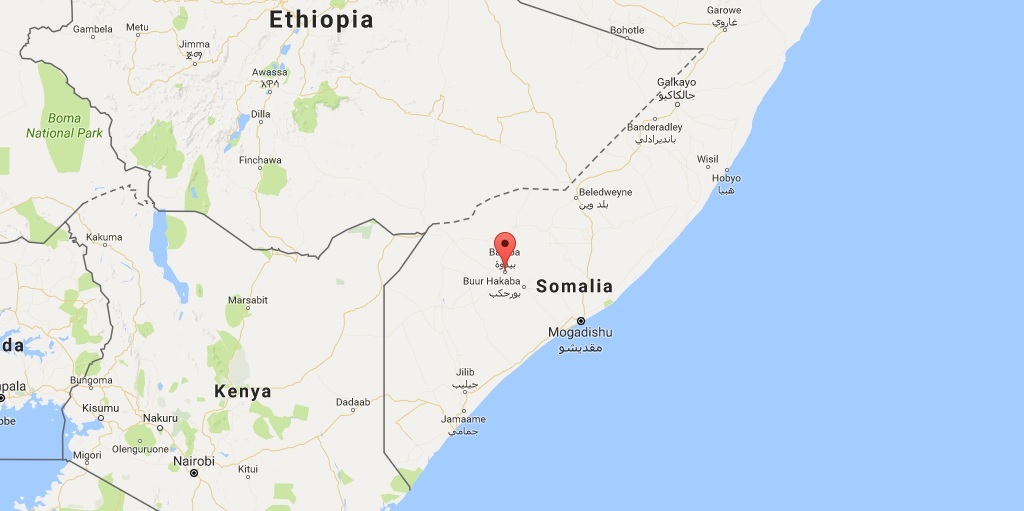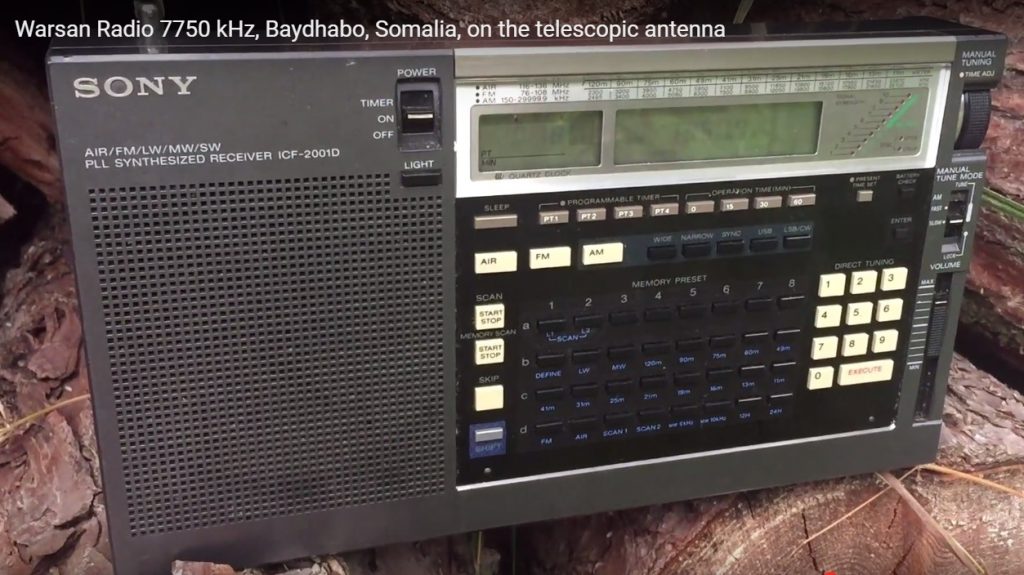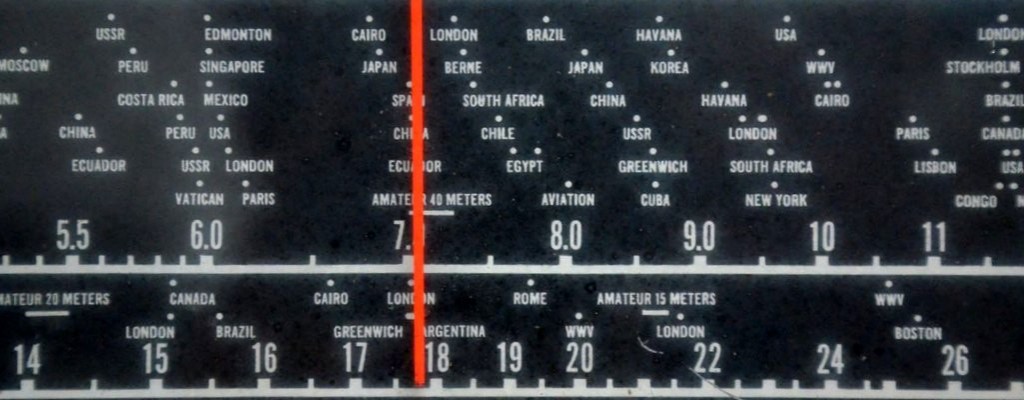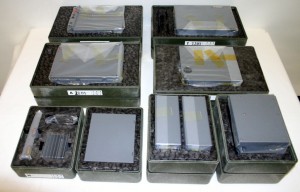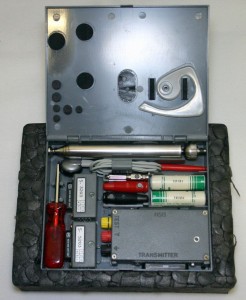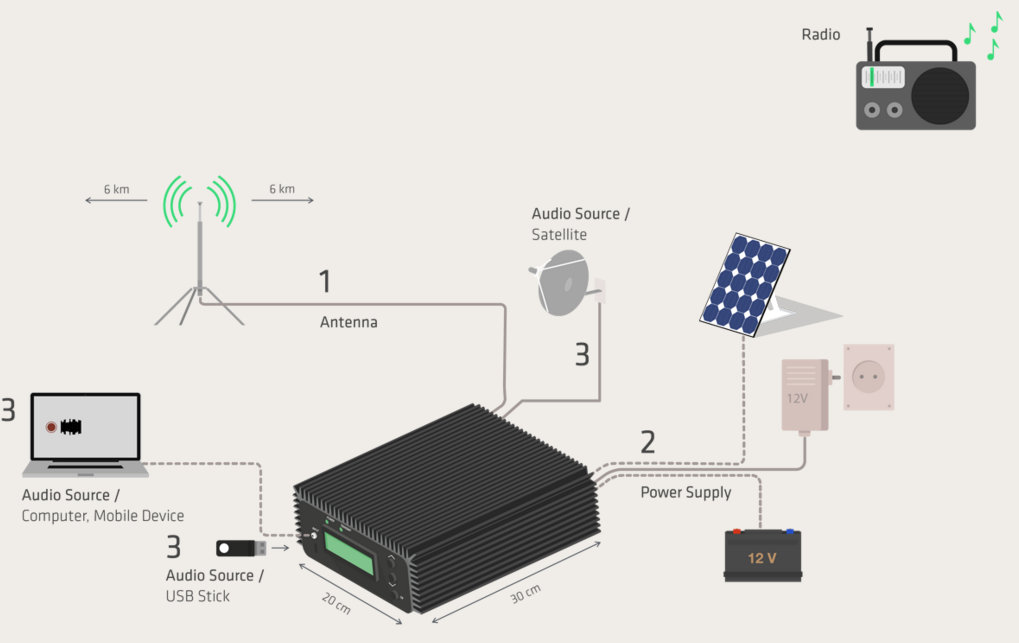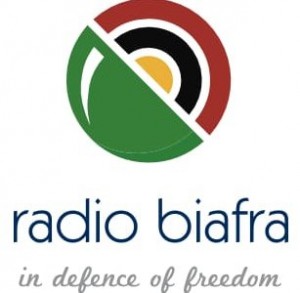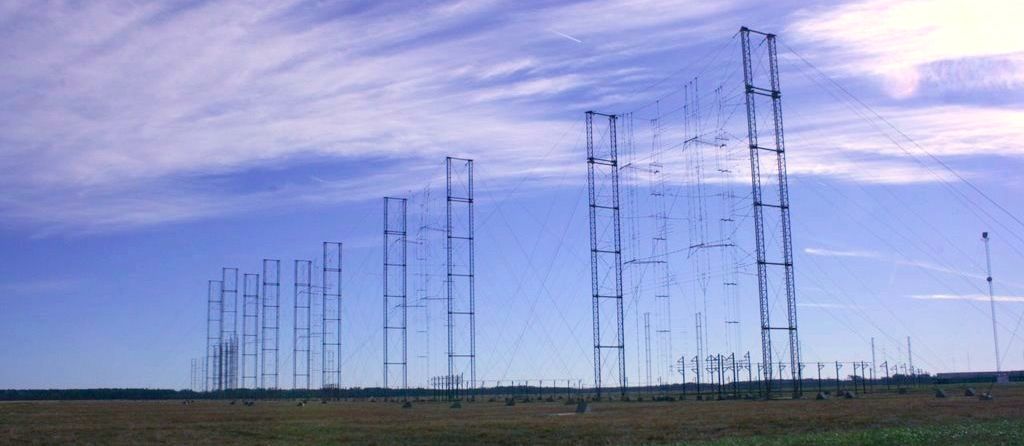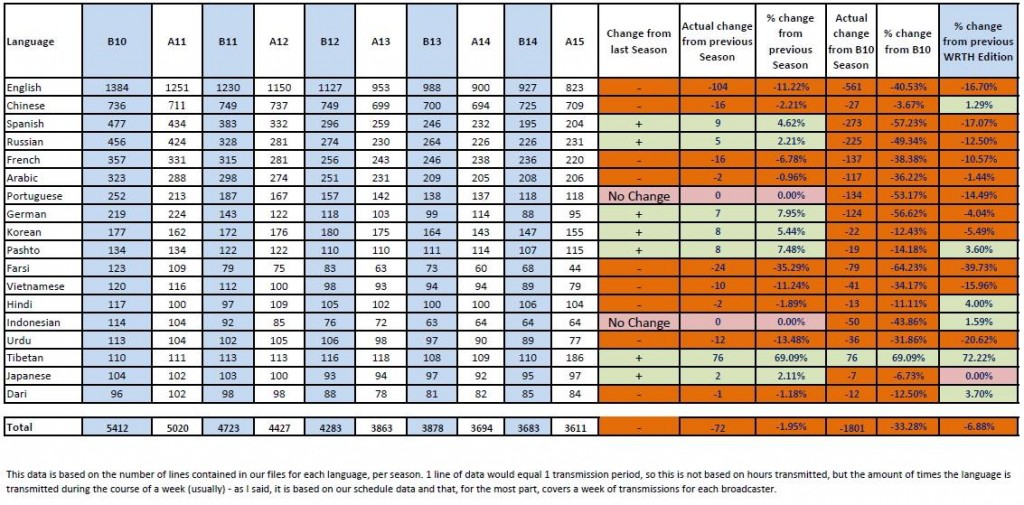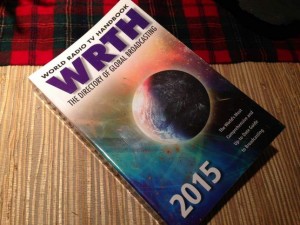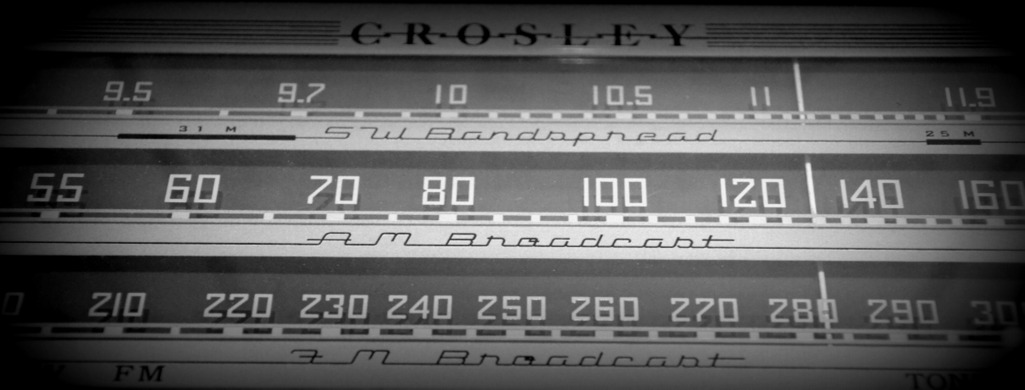
In reply to our recent post about Radio Atlantico del Sur, SWLing Post contributor, Jonathan Marks, adds:
Radio South Atlantic was a short-lived clandestine radio station started by the UK Ministry of Defence with programmes aimed at Argentine troops on the Falkland islands. This programme was broadcast from a transmitter on Ascension Island which was temporarily taken away from BBC World Service.
The Falklands War (Spanish: Guerra de las Malvinas), also known as the Falklands Conflict, Falklands Crisis and the Guerra del Atlántico Sur (Spanish for “South Atlantic War”), was a ten-week war between Argentina and the United Kingdom over two British overseas territories in the South Atlantic: the Falkland Islands and South Georgia and the South Sandwich Islands. It began on Friday 2 April 1982 when Argentina invaded and occupied the Falkland Islands (and, the following day, South Georgia and the South Sandwich Islands) in an attempt to establish the sovereignty it had long claimed over them.
On 5 April, the British government dispatched a naval task force to engage the Argentine Navy and Air Force before making an amphibious assault on the islands. The conflict lasted 74 days and ended with the Argentine surrender on 14 June 1982, returning the islands to British control. In total, 649 Argentine military personnel, 255 British military personnel and three Falkland Islanders died during the hostilities.
This is a studio copy of Radio South Atlantic. In May 1982, the British government decided to set up a Spanish language radio station targeting Argentine troops. This was probably in response to an Argentine radio station (nicknamed Argentine Annie by the UK press) which appeared on shortwave some weeks earlier using the Beatles theme “Yesterday” as a signature tune.
I was editing the Media Network programme at the time. We could hear Radio South Atlantic in Hilversum – but the signal was very weak. So I rang the British embassy in the Hague and asked if it would be possible to get a studio copy of the programme to use in a documentary feature we were making. A few days later, a courier riding a large motorbike arrived at RN’s reception and asked for me. I went down to the front-desk to sign for the tape. “But you can’t keep this tape. You can only listen to it” was the message from guy in the helmet. “I have to take it back to the Hague in about half an hour”. I said I’d look for an empty studio, gave the guy a large coffee and wandered casually round the corner. Then I made a mad dash to the fast copy-room used to make tape copies of RNW transcription programmes for other radio stations. It had a machine that could copy tapes at around 8 times faster than normal. Luckily, Jos, the guy in charge, saw my challenge, set up the machine immediately and 15 minutes later I was back in reception to return the tape to the messanger. And I had a copy.
It seems the British dropped leaflets over the Falklands to try and spread the word that this shortwave radio station existed. And we later analysed the programme. It was classic Sefton Delmer (Black Propaganda), although rather poorly presented. Bit like calling up Vera Lynne if the British had a dispute with France.
But this is one of the few surviving recordings of Radio South Atlantic. You be the judge of how effective it all was. http://jonathanmarks.libsyn.com/radio-south-atlantic-may-1992
Click here to read Jonathan’s full post about Radio South Atlantic and listen to the recording on his website.
This is an amazing recording, Jonathan. I’ll admit that I had never heard of Radio South Atlantic before and never knew a UK-supported clandestine station was on the air during The Falklands War/Guerra de las Malvinas.
Thanks for the excellent history lesson and your own (clandestine) recording!

